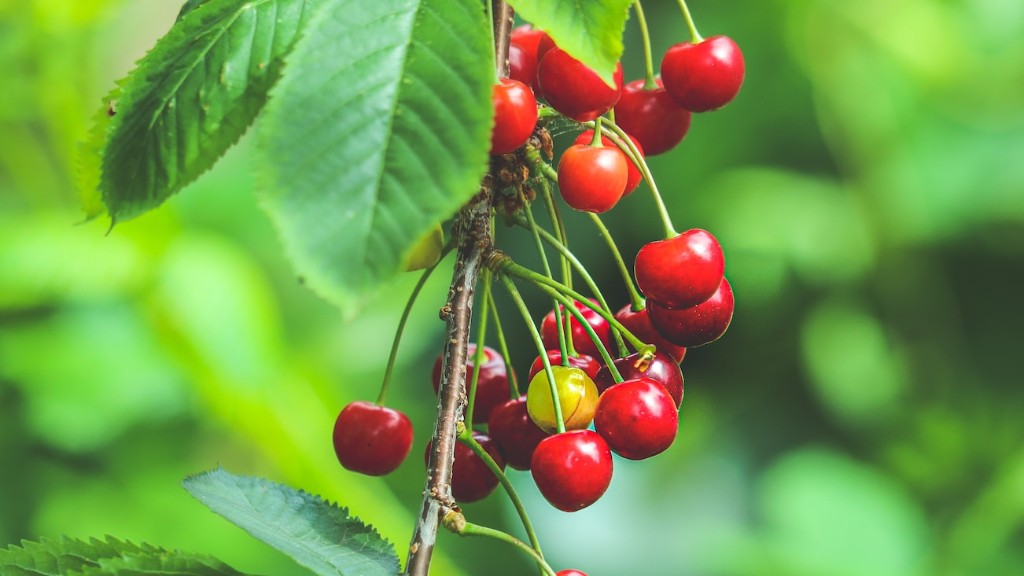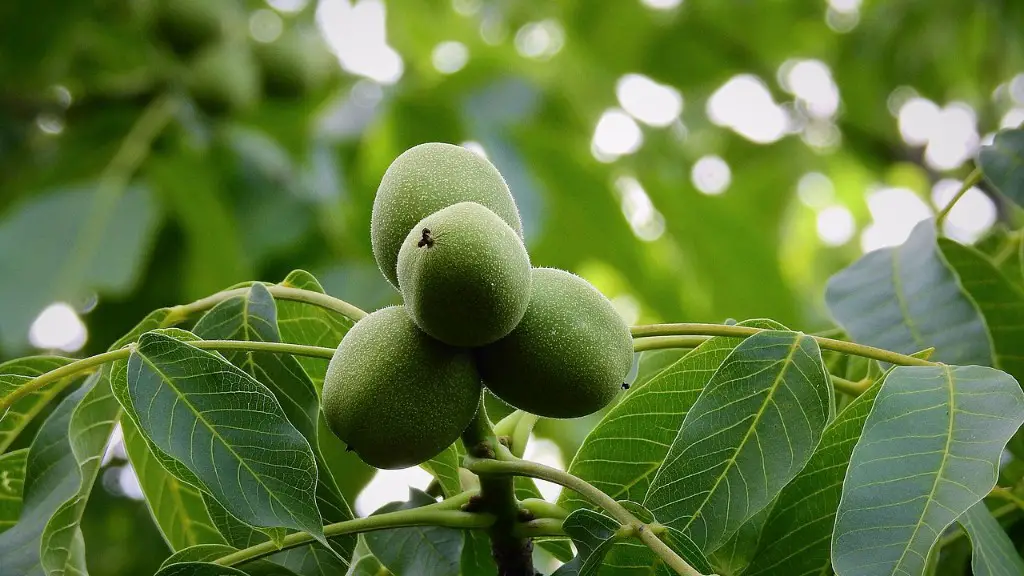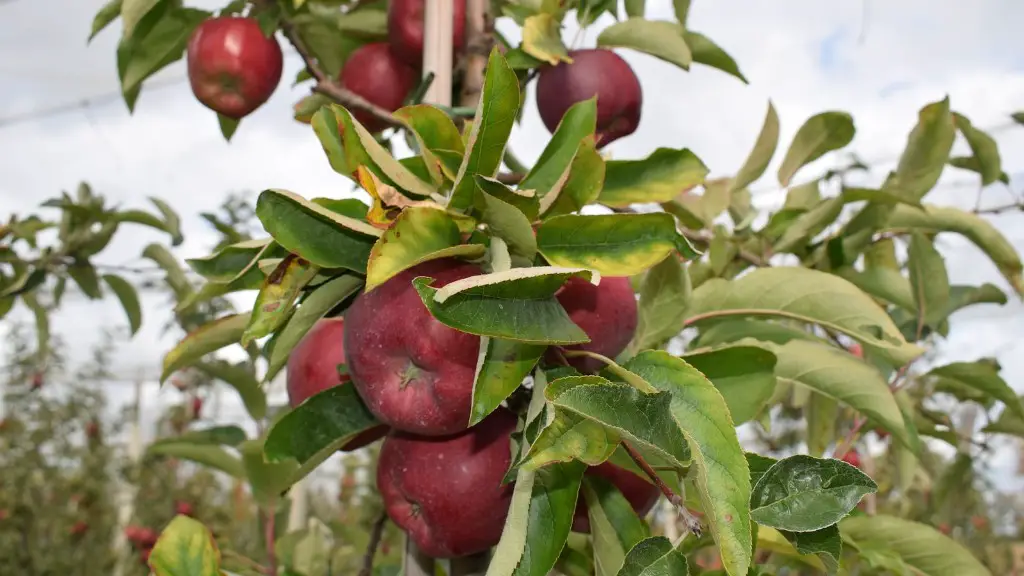Stage 1
Pruning Okame cherry trees is a key part of their growth and development. Without regular pruning, the trees can become overgrown, with poor structure and weakened branches. The best time of year to prune the trees is late winter or early spring before any new leaf buds emerge. This ensures that the tree gets the best possible start to the growing season and helps to produce good fruit crops in the summer months.
Before pruning, it is a good idea to thoroughly inspect the tree for weak or damaged branches, dead or diseased wood, and any cuts that may be necessary to thin out the foliage or encourage new growth. If any of these issues are detected, they should be addressed before attempting any pruning. It is also important to ensure that the tree’s root system has been given adequate time to recover from any recent pruning. This can take up to six months, and should be monitored closely.
When pruning Okame cherry trees, it is best to use the five-step approach. Start by removing any dead, diseased, or weak growth. Then thin out the canopy to create an even shape and reduce the overall size of the tree. Next, thin out the canopy further by removing crossing and rubbing branches, as well as any branches that are growing towards the center of the tree. Finally, shorten all remaining branches to desirable lengths and tidy up any stray twigs.
Using the correct pruning tools is also essential when pruning Okame cherry trees. It is best to use bypass pruners for smaller branches and a lopper or pruning saw for larger branches. Additionally, it’s important to make sure that any tools used are clean and sharp, in order to reduce the risk of damaging the tree.
Finally, it is important to remember that pruning is not a one-time event. Regular, carefully managed pruning is necessary to keep Okame cherry trees healthy and productive. Pruning should be done annually, or more often if necessary, to ensure that the tree remains in top condition.
Stage 2
Prune to Shape: A feature of Okame cherry trees that makes pruning especially important is their tendency to grow in a v-shape. When the branches of the tree are allowed to grow unchecked, they can grow too close together, creating a weak structure that is prone to storm damage. Therefore, pruning should focus on creating a strong and even structure that is open and allows good air circulation.
Choose a Leader Branch: A leader branch is the central, upright branch that will become the main stem of the tree. It should be chosen carefully, ensuring that it is strong and healthy, and that it is approximately one-third the height of the surrounding branches. If a leader branch is not already established, then one should be selected from the outer branches of the tree and trained to take the lead.
Rejuvenation: Over time, Okame cherry trees can become overgrown and can benefit from rejuvenation pruning. Rejuvenation pruning is a drastic form of pruning that involves pruning the tree back by two thirds to a height of less than two meters. This type of pruning should only be done in late winter or early spring, and should be carried out gradually over several years.
Aftercare: After pruning an Okame cherry tree, the tree must be given adequate time to recover. Regular watering and fertilizing will help to ensure that the tree is able to recover quickly and produce healthy, vigorous growth.
When done correctly, pruning Okame cherry trees can help to promote healthy and productive trees for many years to come. Pruning should be done annually, during the late winter or early spring, and should focus on creating an open and even structure, as well as removing dead, diseased, or weak branches. Following these guidelines will ensure that the Okame cherry tree receives the best possible care, and will help to ensure abundant harvests for years to come.
Stage 3
Understanding the Different Pruning Cuts: There are essentially three main types of pruning cuts that can be used when pruning Okame cherry trees – heading, thinning, and tipping. Heading cuts involve removing the upper, terminal buds of a branch to reduce the length of the branch. Thin cuts involve removing entire branches or large parts of branches to reduce the thickness of the canopy. Tipping cuts involve removing the tips of branches to encourage new growth. Knowing how and when to use each type of pruning technique will help ensure that the tree gets the best possible care.
Preventing Fire Blight: Fire blight is a dangerous bacterial disease that can affect both Okame cherry trees and other fruit trees. The bacteria are spread by wind, rain, and insects, and can affect the entire tree if not treated in time. One of the best ways to prevent fire blight is to practice proper pruning and sanitation techniques. This includes removing infected branches and disposing of them safely and regularly sanitizing all pruning tools.
Factor in Environmental Conditions: It is important to take environmental conditions into account when pruning Okame cherry trees. Pruning in the wrong season or during hot, dry periods can make the tree more susceptible to damage and disease. Therefore, pruning should be done late in the winter or early in the spring when temperatures are cooler and the tree’s natural defenses are at their strongest.
Know When to Call a Professional: Although pruning an Okame cherry tree can be a fairly straightforward task, sometimes it is best to call in a professional arborist. If the tree is particularly large or the task seems overwhelming, calling a professional arborist can provide peace of mind and ensure that the tree gets the best possible care.
In conclusion, correct pruning is essential to ensure that an Okame cherry tree is healthy and productive. Pruning should be carried out annually, or more often if necessary, using the five-step approach as well as the various pruning cuts. Furthermore, environmental conditions and sanitation measures should also be taken into account when pruning. With the right knowledge and care, an Okame cherry tree can be healthy and productive for many years to come.
Stage 4
Using the Right Tools: When pruning Okame cherry trees, it is essential to use the right tools for the job. Hand pruners are best for pruning smaller branches, while loppers and a pruning saw should be used for larger branches. Additionally, when using any type of pruning tool, it is important to make sure that the blades are clean and sharp, as this will reduce the risk of damaging the tree.
Keeping an Eye Out for Pests: Pruning Okame cherry trees can make them more susceptible to pest damage, so it is important to keep an eye out for common pests such as aphids, scale, and caterpillars. If any of these pests are detected, then it is important to take the necessary steps to control the problem as soon as possible, such as using organic insecticides or releasing beneficial insects.
Protective Clothing: Although pruning is a relatively safe activity, it is still important to take the necessary precautions. Wearing protective clothing, such as long pants, long-sleeved shirts, and eye protection, can help to reduce the risk of injury and contamination. Additionally, closed-toe shoes should be worn to avoid standing on sharp branches or debris that may be on the ground.
Cleaning Up After Pruning: Finally, once pruning is completed, it is important to clean up and dispose of any debris properly. Any unwanted branches or twigs should be collected and disposed of at a suitable site, such as a local compost depot or landfill. Additionally, all pruning tools should be properly cleaned and stored away for future use.
Stage 5
Using Growth Regulators: Growth regulators, such as plant hormones, are often applied to Okame cherry trees for various reasons. They can be used to slow the growth of the tree and reduce the need for frequent pruning, as well as to encourage fruit production. When applying growth regulators, it is important to choose one that is specifically designed for the species of tree being treated, and to carefully follow the application instructions.
Training Fruit to the Trunk: If desired, the fruit of Okame cherry trees can be trained to the trunk of the tree. This type of training involves removing some of the branches and training the remaining branches and fruit to grow vertically along the trunk, which can ensure that the fruit is easier to reach and pick. This technique should be done in late winter or early spring and requires special attention to detail in order to ensure success.
Managing Soil pH: Managing the soil pH around Okame cherry trees is also important and will help to ensure proper nutrition for the tree. Soil tests should be carried out regularly in order to determine the acidity or alkalinity of the soil and the necessary amendments for optimal growth. For Okame cherry trees, this means a slightly acidic soil with a pH of between 5.5 and 6.5.
Working with Nature: Finally, when caring for Okame cherry trees, it is important to approach the task with a sense of respect for nature. Utilizing sustainable and organic methods, such as mulching, composting, and using natural fertilizers, can help to preserve the health of the tree and the environment. Additionally, choosing disease-resistant varieties and planting in an area that is well-suited to the tree’s needs can help to reduce the risk of disease and pest problems.



